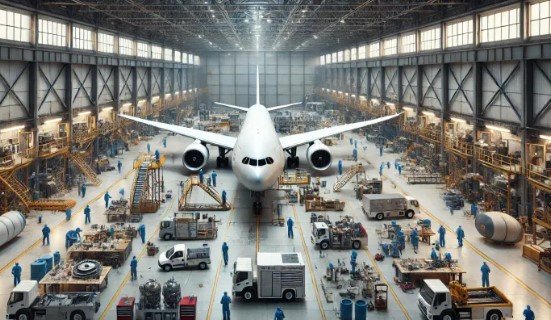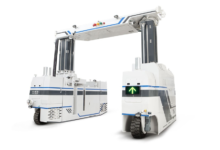A Comprehensive Guide to Aircraft Parts Providers

The aviation sector runs on accuracy; behind every safe flight is a complex network of components that guarantees flawless, effective operations. By delivering premium components that satisfy strict criteria, aircraft parts suppliers significantly help to maintain the safety of the sky. Whether your business is an airline, a private operator, a maintenance facility, or another, you absolutely must find a trustworthy source for parts.
Aircraft parts distributors have become essential allies in the aviation ecosystem, providing a wide spectrum of components for different aircraft models. Their knowledge and commitment to on-time delivery help preserve fleets and maintain safety criteria. Understanding the dynamics of aircraft parts suppliers is essential to making sure operations go without a hitch, as the need for quality and dependability keeps rising.
The Diversity and Reach of Aircraft Part Suppliers
Operating in a very specialized field, aircraft parts distributors provide a wide spectrum of components necessary for aircraft operation. These vendors handle everything from avionics to engine components, airframes, and safety gear. Depending on their specialty, the aircraft models they support, and the particular requirements of their customers, distributors provide quite different ranges of parts.
While smaller distributors may concentrate on niche markets or specific areas, larger suppliers usually provide a wide catalog of components across several aircraft types, including big manufacturers like Boeing and Airbus. The classification of these parts is one of the important considerations in procuring aircraft components. OEM (Original Equipment Manufacturer) parts, aftermarket parts, and PMA (Parts Manufacturer Approval) components are among the several groups into which parts fall.
Standards for Choosing a Dependable Distributor of Aircraft Parts
Making sure the components satisfy all safety and legal criteria depends first on choosing a reliable aircraft parts distributor. Different suppliers follow different quality standards; thus knowing the main criteria for choosing the appropriate one helps to avoid expensive errors. One important factor is the certification situation of the supplier. Only certified vendors, such as those affiliated with the FAA and the EASA, can guarantee that their parts will meet international aviation requirements.
These certifications guarantee that the given parts are traceable, tested, and validated. Timeliness and accurate delivery depend much on the inventory control powers of the supplier.
Traveling the Complicated World of Aircraft Part Prices
Finding components for airplanes is challenging due to pricing. Depending on things like part type, manufacturer, certification, and market demand, aircraft components can cost quite different. Because OEM parts guarantee quality and follow manufacturer standards, they usually cost more. Nonetheless, especially for older aircraft models, operators are increasingly looking at other sources, including aftermarket or PMA parts, in order to cut expenses.
Managing aircraft parts pricing depends mostly on developing close ties with distributors who provide open pricing policies and volume discounts. Certain distributors offer pricing negotiations for long-term contracts or big orders, which would help operators and airlines save greatly.
Technology’s Part in the Distribution of Aircraft Parts
Technological developments have completely changed the distribution of aircraft components. These days, operators may easily track part availability, get quotes, and make online orders on digital channels. Particularly for fleet managers and maintenance teams who must coordinate many repairs and replacements within a limited time, this technological change has increased efficiency.
Sophisticated inventory management systems let distributors monitor parts in real-time, reducing the risk of stockouts and guaranteeing that important parts are always easily available as needed. Apart from online buying, technology is significantly helping the quality control and part testing procedures. Many vendors now use modern diagnostic tools like 3D printing and digital inspection systems to confirm the integrity of their distributed components.
Global Supply Chains and aircraft part distribution’s future
The demand for dependable and quick aircraft parts supply chains has never been stronger as the worldwide aviation market grows. For many distributors, the complexity of worldwide supply chains combined with geopolitical uncertainty makes sourcing and delivery of parts a difficult chore.
To minimize supply chain interruptions and guarantee a continuous flow of components, aviation operators depend more and more on a mix of local, regional, and worldwide vendors. These distributors often have well-established networks with manufacturers, repair facilities, and logistics providers worldwide, enabling them to meet demand wherever it arises. Streamlining supply chains further and adopting sustainable practices will play a pivotal role in shaping the future of aircraft component distribution.
REad also: The Future of Real Estate: Technology and Innovation
Conclusion
Distributors of aircraft parts are not only suppliers; they are major players in the aviation ecosystem that guarantees fleet operations and aircraft safety. These distributors help to further the more general objective of aviation safety and efficiency by concentrating on dependability, technological developments, and open pricing. These suppliers will only become more important as the sector develops, making sure the sky remains safe and reachable for the next generations.







